Henry Ford (1863 – 1947) was an American industrialist who is one of the most renowned business magnates of the 20th century. Ford began his career as an engineer but later quit his job to become an entrepreneur. His Ford Motor Company went on to became the dominant automobile manufacturer with its Model T car capturing 50% of the American market. There are many interesting details from Ford’s life. He once regained the trust of the market by building a race car and he ran for a position in the United States Senate in the 1918 elections. He infamously published anti-Semitic material and was mentioned by Adolf Hitler in his book Mein Kampf. Moreover, the notorious criminal Clyde Barrow allegedly thanked Ford for his cars as they helped Clyde escape pursuing policemen. Here are 10 interesting facts about Henry Ford.
#1 HE HAD A LIFELONG FRIENDSHIP WITH THOMAS EDISON
In 1891, Henry Ford became an engineer in the Edison Illuminating Company of Detroit. In 1896, while attending a meeting of Edison executives, Ford met the famous inventor and businessman Thomas Edison. During the brief encounter, Edison told Ford to “keep at it”; referring to Ford’s experimentation to produce an electric vehicle. With time, as Ford became famous and successful, the two men started a lifelong friendship. In 1916, they became vacating neighbors as Ford purchased an estate next to Edison’s winter home in Fort Myers, Florida. Also, between 1914 and 1924, Ford and Edison toured the eastern U.S. in Ford cars for a series of camping trips. The trips also served as advertisements for Ford cars and Firestone tires, generating headlines like “Millions of Dollars Worth of Brains off on a Vacation”.

#2 HE ONCE REGAINED THE TRUST OF THE MARKET BY BUILDING A RACE CAR
On August 5, 1899, Henry Ford established the Detroit Automobile Company. Ford was able to attract the financial backing of twelve investors, including Detroit Mayor William Maybury and lumber baron William H. Murphy. However, the resulting automobiles were nowhere close to what Ford had in mind, with inferior quality and high price. The company failed and Ford was forced to dissolve it by January 1901. During its operation, a total of only 20 vehicles could be built and about $86000 worth of investments (equivalent to $2.61 million in 2019) was lost. Interestingly, Ford regained the trust of investors by designing, building and racing a 26 horsepower automobile in October 1901. After witnessing this success, Murphy and other stockholders in the earlier company got together to form the Henry Ford Company on November 30, 1901. However, Ford eventually left this company too and it was renamed as Cadillac Automobile Company.
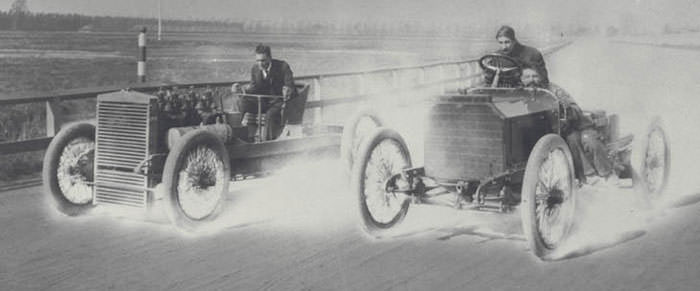
#3 HE BULLIED EXISTING SHAREHOLDERS TO SELL THEIR STOCKS TO HIM
Henry Ford founded the Ford Motor Company, which was incorporated on June 16, 1903. The company was launched with a capital of $28,000, which came from twelve investors. Henry Ford and Alexander Y. Malcomson together owned 51% of the new company. The Ford Motor Company would go on to become one of the most profitable companies in the nation. In 1918, Henry Ford stepped down from the presidency of the company and went on to establish another company, Henry Ford and Son. He made sure to get this announcement caught in a media frenzy by promoting the fact that he was taking himself and his best employees to this new company. The ultimate goal was to bully the existing stockholders of Ford Motor Company to sell their stakes to him before they lost their lucrative value. The trick worked wonders and Ford was able to take over 100% of the ownership of the Ford Motor Company.
#4 HIS MODEL T WON A TRANSCONTINENTAL RACE BUT WAS DISQUALIFIED
In June 1909, a few months after Ford’s iconic Model T was launched, the Ocean to Ocean Automobile Endurance Contest, a transcontinental automobile race, was held. During the publicity of the race, Ford announced that it would “give Americans an opportunity to appreciate the vast possibilities of the motor car”. The Model T of Ford looked fragile at the beginning of the race as compared to its heavier and more powerful competitors. However, as the race progressed its advantages became apparent and the Ford No. 2 car, a stripped down Model T, was the first to cross the finish line after 23 days on the road. The Ford’s car was later disqualified because it had an engine changed during the race, in violation of the rules. Nonetheless, the Model T went on to be the best selling car in the first half of the 20th century.
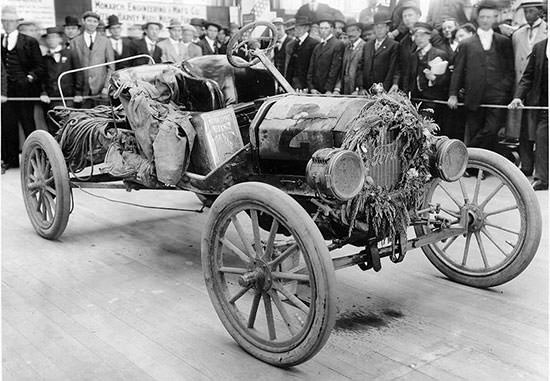
#5 FORD RAN FOR ELECTION AS A DEMOCRAT BUT LOST BY A NARROW MARGIN
In 1918, President Woodrow Wilson asked Henry Ford to run from the Democrat party for the position in the United States Senate from Michigan. At the time, the First World War was about the end and the League of Nations, a worldwide intergovernmental organization to maintain peace, had become an immediate political possibility. Woodrow Wilson believed that Ford, who was known to be antiwar, could tip the scales in Congress in favor of Wilson’s proposed League. The president wrote to Ford: “You are the only man in Michigan who can be elected and help bring about the peace you so desire”. To this Ford replied: “If they want to elect me let them do so, but I won’t make a penny’s investment”. Ultimately Ford did fight the election but was defeated by his Republican counterpart, Truman Newberry. However, the margin of defeat was less than 4,500 votes out of more than 400,000 cast.
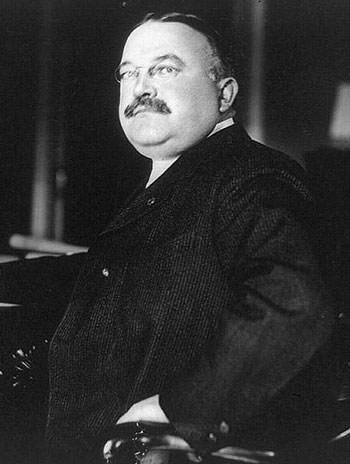
#6 HIS PRO-WORKER REPUTATION WAS TARNISHED
Though Henry Ford is known for the $5 day wage and the five-day, 40-hour work week, he was against labor unions. Ford considered labor unions to be too heavily influenced by certain leaders who ultimately ended up doing more harm than good for the workers. He believed that they restricted productivity in order to increase employment and often instigated strikes in a bid to maintain their power. Harry Bennett, a former Navy boxer, was promoted by Ford to head the Service Department. Bennett was infamous for his intimidation tactics against unions. On May 26, 1937, Bennett and the Ford Motor Company security guards clashed with members of the United Auto Workers (UAW), an American labor union. The following day, photographs of the injured UAW members were published in newspapers and the clash became infamous as the Battle of the Overpass. The incident greatly increased support for the UAW and hurt Ford’s reputation.
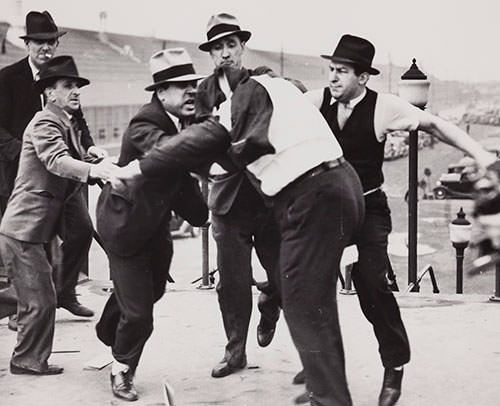
#7 FORD PUBLISHED ANTISEMITIC BOOKLETS TITLED THE INTERNATIONAL JEW
The Dearborn Independent was a weekly newspaper published by Henry Ford from 1919 to 1927. Soon after it started, the Dearborn Independent began running a series of articles that claimed a vast Jewish conspiracy was infecting America. For 91 issues, the paper announced a number of major stories in its headlines that portrayed Jews as evil. The most popular and aggressive of these stories were then compiled and published in a four-volume set of booklets titled The International Jew. Ford then distributed half a million copies of the booklets to his vast network of dealerships and subscribers. San Francisco lawyer and activist Aaron Sapiro brought a lawsuit against Ford in the federal courts. Due to the resulting controversy, Henry Ford closed the Dearborn Independent and offered an apology for the content. He even claimed that he was shocked by the content and was unaware of it. However, it is extremely unlikely that such controversial material was published without Ford’s explicit instructions.
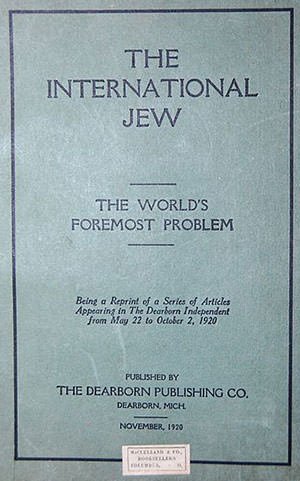
#8 HE IS THE ONLY AMERICAN MENTIONED IN HITLER’S MEIN KAMPF
As Ford was one of the most renowned and influential Americans at the time, his anti-Semitic views gave legitimacy to many ideas that may have been given little authority otherwise. The International Jew was translated into German in 1922 and went on to influence several individuals including Baldur von Schirach, who went on to become national youth leader of the Nazi Party. Schirach stated: “I read it and became anti-Semitic. In those days this book made such a deep impression on my friends and myself because we saw in Henry Ford the representative of success”. Also, Henry Ford was the only American to be mentioned in Mein Kampf, the autobiographical book by Nazi Party leader Adolf Hitler. Hitler wrote in his book: “Every year makes them (American Jews) more and more the controlling masters of the producers in a nation of one hundred and twenty millions; only a single great man, Ford, to their fury still maintains full independence.”
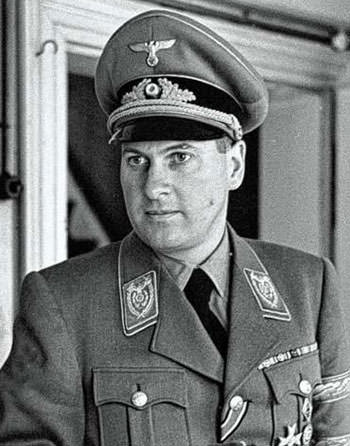
#9 HE PATENTED A CAR BUILT ALMOST ENTIRELY OF AGRICULTURAL PLASTIC
Henry Ford had a long interest in materials science and engineering. He in fact worked as an engineer in his early career. Later, Ford became specifically interested in plastics developed from agricultural products, especially soybeans. For this purpose he established a relationship with American agricultural scientist George Washington Carver. Soybean-based plastics were used in Ford automobiles throughout the 1930s in plastic parts such as car horns, in paint, etc. On August 13, 1941, Ford introduced to the public the soybean car, a prototype car built almost entirely of agricultural plastic. Made through the work of Carver, it was 30% lighter than a steel car and thus more fuel efficient. Moreover, it ran on grain alcohol (ethanol) instead of gasoline. In 1942, Henry Ford patented the soybean car. However, it never caught on.
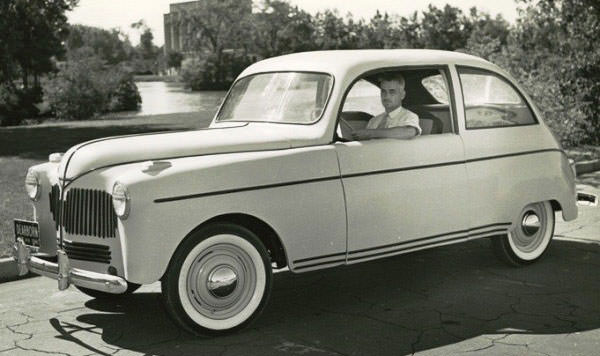
#10 He WAS ALLEGEDLY THANKED FOR HIS V-8 CARS BY CRIMINAL CLYDE BARROW
Clyde Barrow and his female companion Bonnie Parker, popularly known as Bonnie and Clyde, were infamous American criminals who had a two-year long spree from 1932 to 1934 during which they engaged in a string of robberies in Texas and surrounding states. Clyde Barrow had the ability to evade policemen even when he was surrounded. This was in part due to his being a highly skilled driver and secondly due to his choice of cars: the Ford V-8 automobiles. Barrow repeatedly stole Ford V8s at every opportunity as the vehicles’ powerful engines allowed him to evade capture. Allegedly Clyde even wrote a letter to Henry Ford in which he thanked Ford for the fine car he had built. While some have questioned the authenticity of the letter, others believe that it is in keeping with Barrow’s publicity-seeking personality. The letter is currently on display at the Henry Ford Museum in Dearborn, Michigan.

